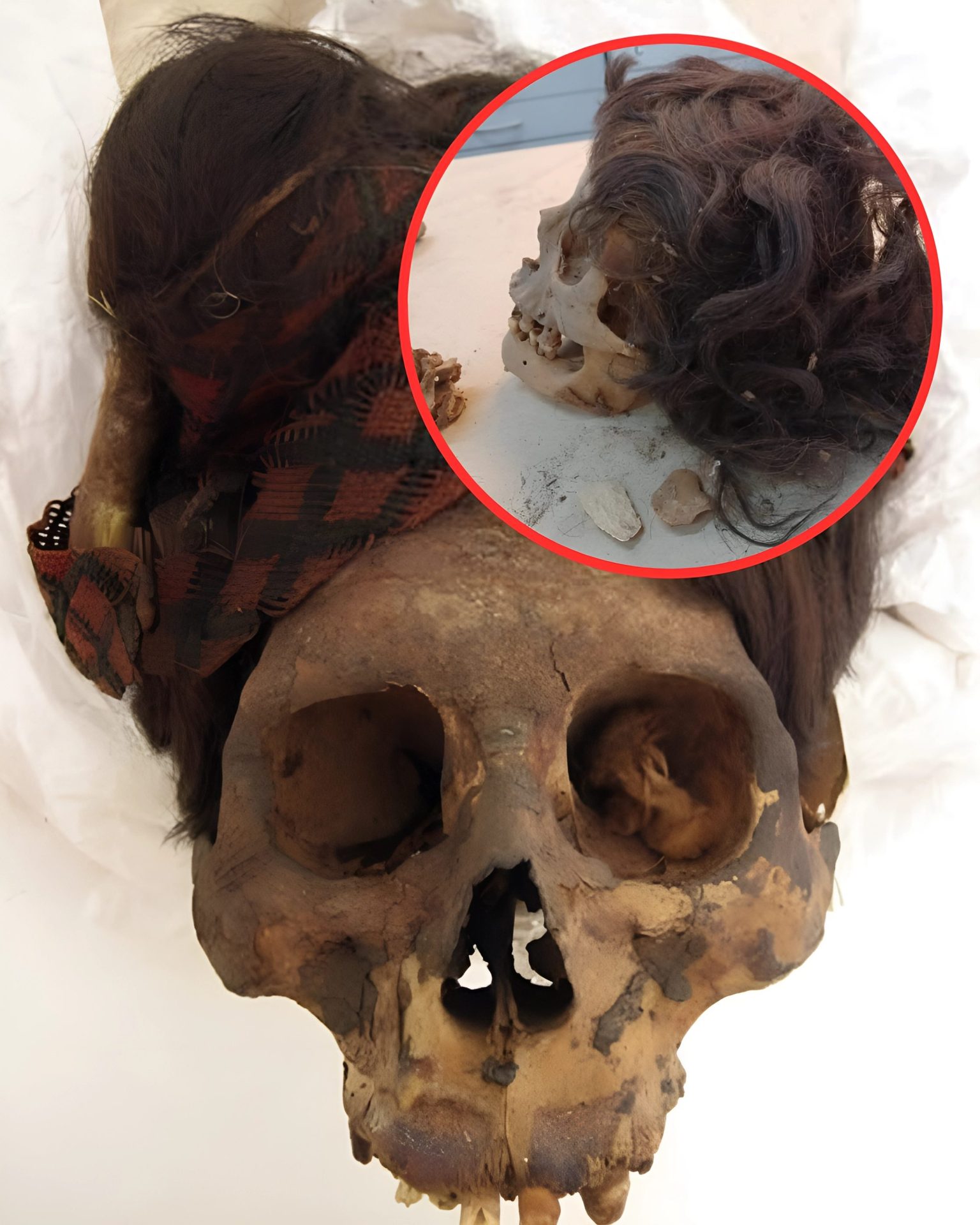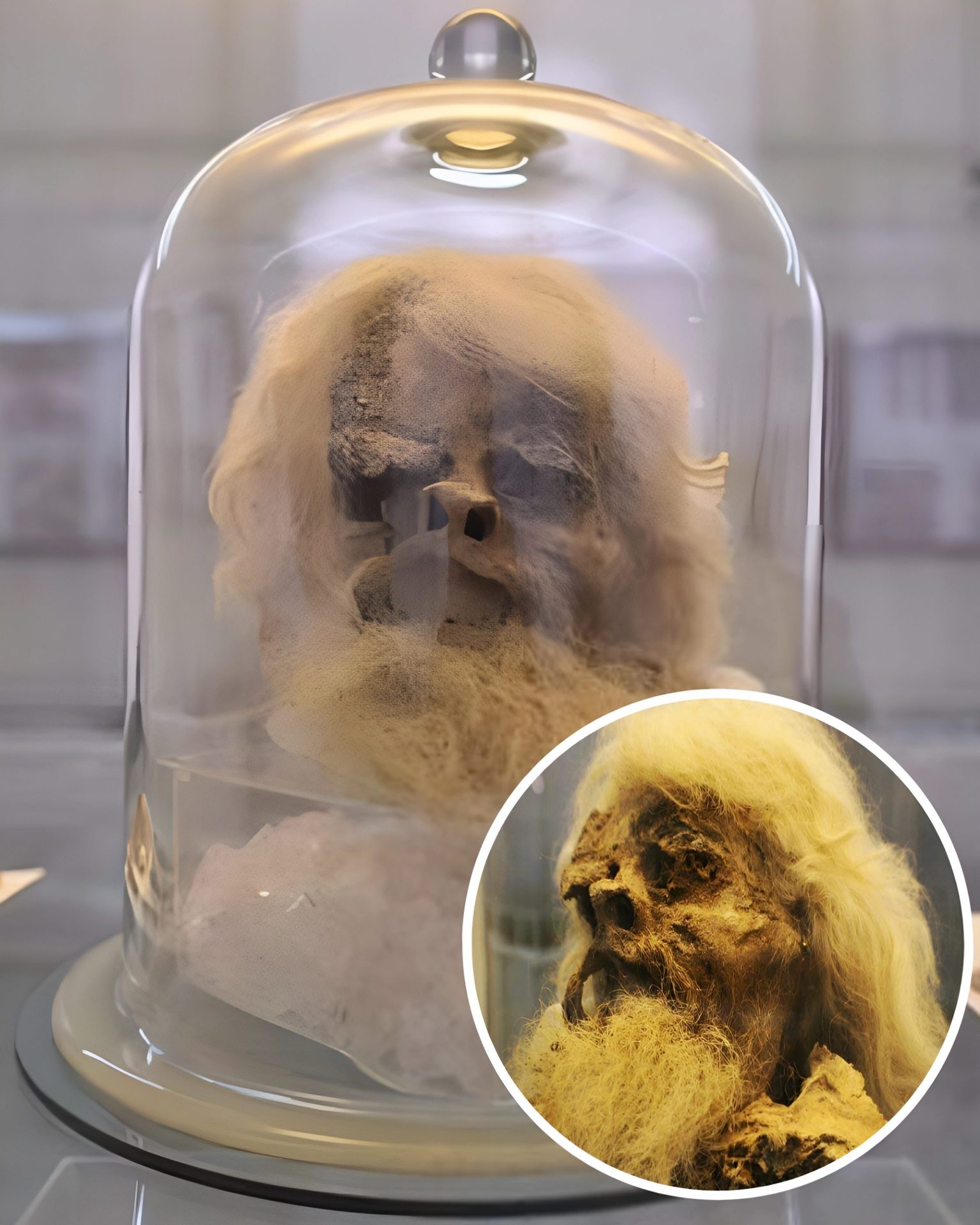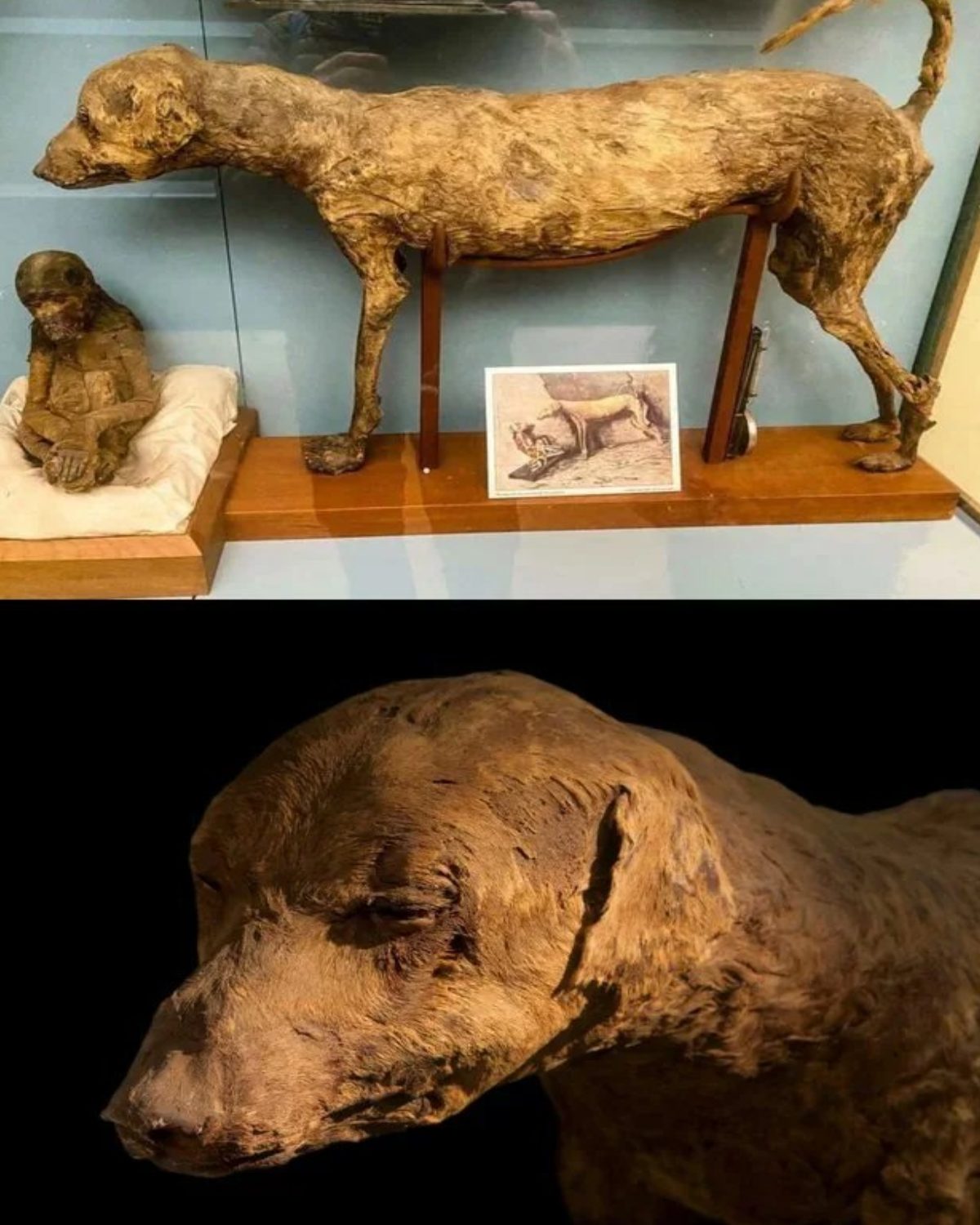Archaeologists have made a stunning discovery off the coast of Israel – a submerged Neolithic village, Atlit Yam, that has been submerged for around 9,000 years. The site contains the remains of an ancient human settlement, complete with dozens of human skeletons.
The researchers believe that the village was once home to a thriving community of early humans who lived off the coast of the Mediterranean Sea. The discovery provides a fascinating glimpse into the lives of some of the earliest human societies and sheds light on how they lived, worked, and died in this part of the world thousands of years ago.
Have you ever imagined the lives of people 9,000 years ago or what would have happened to them? Then you must know about Israel’s submerged ancient site, Atlit Yam, situated on the coast of the village of Atlit in the Mediterranean Sea. Marine archaeologist Ehud Galili was the first to perform underwater excavations at Atlit Yam in 1984 and made people aware of the great heritage of the Neolithic age.
Atlit Yam is situated 8 to 12 meters below sea level, covering a vast area of 40000 square meters, and is regarded as the largest and oldest well-preserved site, backdated to the 7th millennium BC. It possesses a wide range of astonishing and wonderstruck masterpieces, one of which is the megalith located at its center.
ToggleMegaliths And Monuments Found In Atlit Yam The megalithic structure at Atlit Yam shows standing stones arranged in a circle. (a) The structure after excavation.
The megalithic structure at Atlit Yam shows standing stones arranged in a circle. (a) The structure after excavation.
There are seven stones arranged in a semicircle, have cup marks carved into them and weigh about 600 kilograms. It is assumed that they were used for water rituals, with the arrangement of stones around a freshwater spring being the witness. It also has three oval stones installed with grooves in them, forming a schematic anthropomorphic figure.
Another masterpiece found at Atlit Yam are the stone-built wells. One of them is about 5.5 meters deep; others are 10.5-meter-deep wells made of clay and soft sandstone, circumscribed by stone, and camouflaged with a crypt-like round construction. They are believed to have been built at the end of the 9th millennium BC.
It was once used for providing water but ended up as a disposal pit. The bottom of the well was loaded with a deposit containing bones from animals, stone, wood, flintstone, and other relics. A possible reason could be the brininess of the water.
 Atlit-Yam structure 10a (concentration of fish bones and wheat grains) during the course of excavation.
Atlit-Yam structure 10a (concentration of fish bones and wheat grains) during the course of excavation.
The place offers the work and lifestyle of one of the initial agro-pastoral-marine habitats situated on the Mediterranean Coast. The artifacts and the finding tell us the tale of one of the earliest hunters who converted into farmers and domesticators, and hence into permanent settlers.
The residue of domesticated animals like cattle and pigs was proof of the hunting and animal husbandry practiced there. The archaeological excavations found also give details of the food and living habits of the ancient natives living there. A large number of fish bones gives promising proof of fishing being an important occupation exercised among the people.
Skeletons Found In Atlit Yam
Atlit Yam holds many surprises for archaeologists. It gives evidence of the presence of tuberculosis (TB) in the New Stone Age. It was found in the skeleton of a woman and child found in 2008, making them the first known cases of TB in the world.
The carcass proposed that disease was passed on to the child by the mother shortly after birth. What if they knew the treatment for TB? It is still a mystery. Apart from this, 65 sets of human remains were discovered encased in clay and covered by thick layers of sand.
 Burials at Atlit Yam: (a) primary burial of a woman in flexed position, (b) woman and infant, both with evidence of infection by tuberculosis.
Burials at Atlit Yam: (a) primary burial of a woman in flexed position, (b) woman and infant, both with evidence of infection by tuberculosis.
Atlit Yam is comprised of an advanced civilization, yet their decline is still a mystery. There are many theories about the downfall, one of which is the tsunami, of which thousands of fish remains are proof. An Italian study led by Maria Pareschi of the Italian National Institute of Geophysics and Volcanology suggests that a volcanic eruption of Mount Etna 8,500 years ago resulted in a 40-meter-high tsunami that could be a possible reason for the washout of Atlit Yam. However, the intact stone megaliths contradict the theory.
Another reason theorized by researchers is that the moderate rise in sea levels due to climate change caused glaciers to melt and ultimately flood the settlement, leading to its subtle evacuation. In spite of the declination, the distinctive monuments and figures under saline water preserved the prehistoric town, which acted as a portal to the past and provided rich cultural insights into the Neolithic age.
The discovery of this 9,000-year-old submerged Neolithic village, Atlit Yam, has provided a wealth of new insights into the lives of ancient humans. The findings have not only expanded our knowledge of early human societies but also deepened our understanding of how people have adapted to changing environmental conditions over time.
The researchers involved in this excavation of Atlit Yam will continue to analyze the remains and artifacts discovered, hoping to uncover even more information about this Atlit Yam. As we delve deeper into the past, we continue to uncover new and exciting evidence that reveals the rich and diverse history of humanity.
Leave us your thoughts in the comment section.





